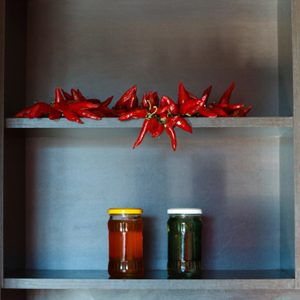
1. Toss Out Old Food
Take everything out and ask yourself honestly: Am I really going to use that? If it’s open or past its prime, toss it. If you aren’t going to use it, donate cans and sealed items to the food bank.
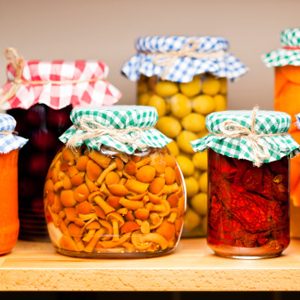
2. Make Food Categories
Take stock of what’s left; clear categories should emerge. Keep baking supplies on one shelf, grains and pastas on another. Keep snacks on a middle shelf for easy access.
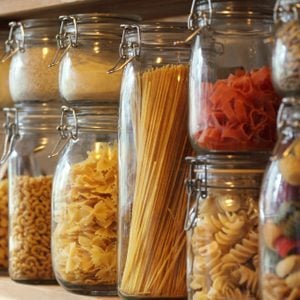
3. Use Containers
Seeing double? Put bulk foods into jars or plastic containers. Use baskets to hold small packages, and magazine files to keep boxes of pasta upright.
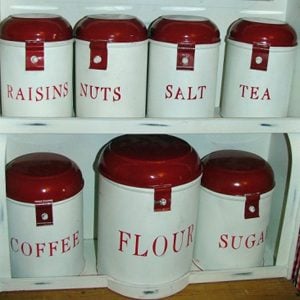
4. Use Vertical Space
Chances are you have more height than depth to your space. Take advantage of that height by installing risers to stack cans and boxes.
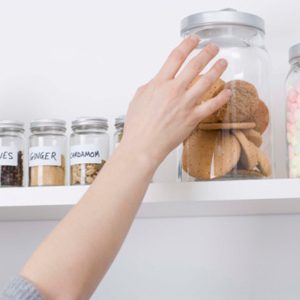
5. Get Everything Within Your Reach
Not everyone is blessed with slide-out shelving. Make items in the back easier to reach by arranging them in plastic trays — felt pads on the bottom will really get things moving.
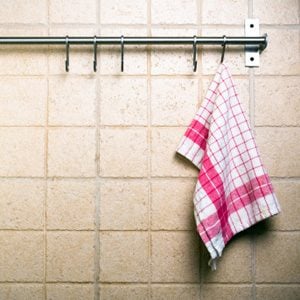
6. Make Use of the Sides
Repurpose shoe pockets and hang them inside cupboard doors to hold snacks and spices.
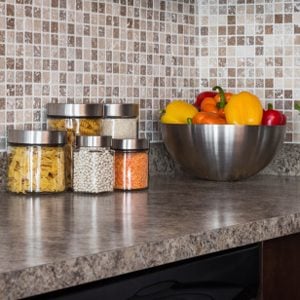
7. Make Things Accessible
Take your favourite cooking oil, vinegar, and seasonings and arrange them neatly by your workstation. Not everything belongs in the pantry.